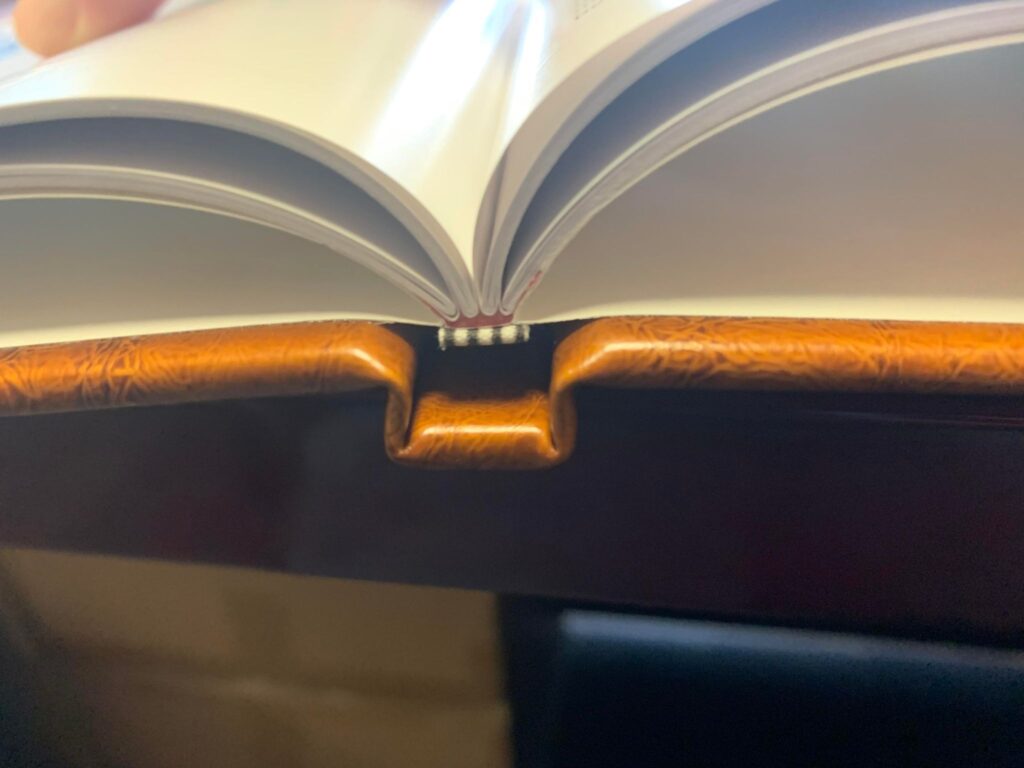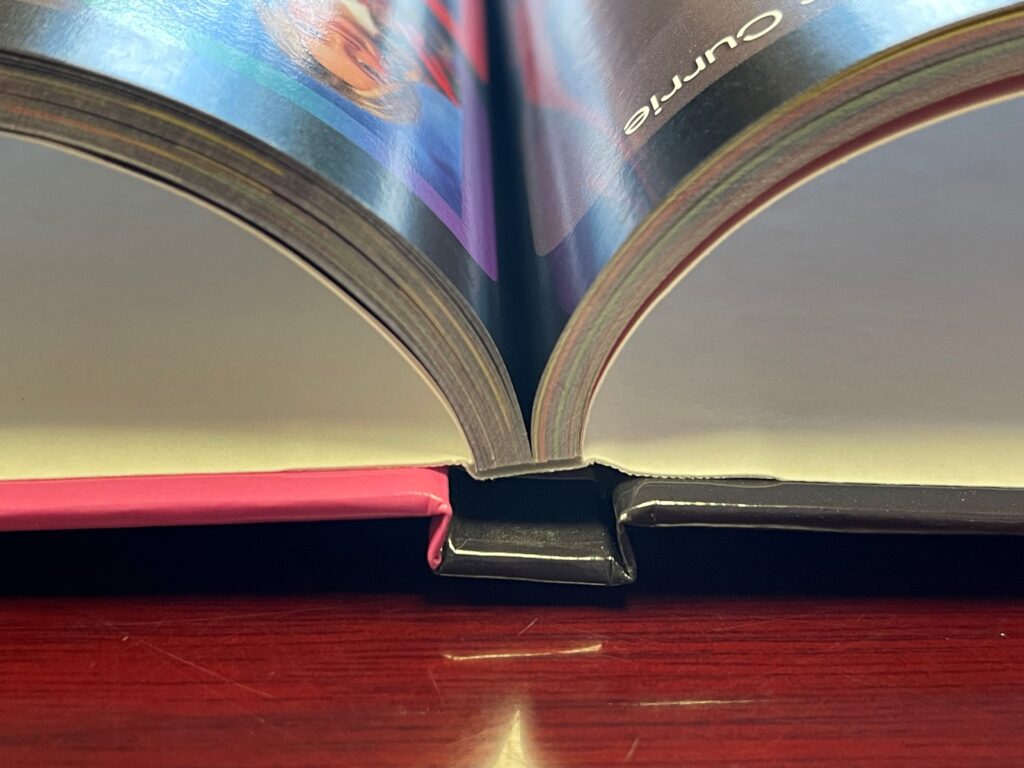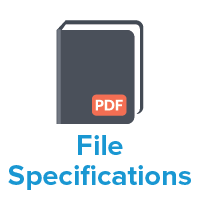In the world of book printing, the binding method you choose can make all the difference in durability, aesthetics, and cost. Hardcover books, with their sturdy covers and premium feel, come in various binding styles that affect how the pages are held together.
In this article, we’re diving into three popular types: Smyth sewn, perfect bound, and PUR glue bound hardcovers; what is the difference between the three, and what are the benefits of each.
What Is Smyth Sewn Binding?
Smyth sewing is a method where folded sheets—known as signatures—are stitched together through the fold with thread. These sewn signatures are then glued into the spine of the cover. Because the pages are sewn, not just glued, Smyth sewn books:
- Lay flat when open, making them easier to read or reference.
- Hold up over time, even with heavy use.
- Resist page detachment, as the threads keep signatures together even if the glue weakens.
This method is considered the gold standard for archival-quality books, such as textbooks, premium journals, and art books. Many libraries and institutions favor Smyth sewn books for this reason.
What Is Glue Binding?
In glue bound hardcover books, pages are stacked and the edges are trimmed flat. The stack is then glued directly to the spine of the hardcover case. This method is faster and cheaper to produce, making it common in:
- Trade paperbacks
- Budget-friendly hardcovers
- Short-run publications or self-published books
Glue binding is less expensive to produce than sewn bindings, making it suitable for budget-conscious projects. It is important to note that with perfect bound hardcover, pages do not lay flat and tend to have a shorter lifespan than hardcover books. However, with proper care, you can make your glue bound books last a while.
PUR Glue Binding
PUR (Polyurethane Reactive) glue binding follows a similar process to perfect binding: pages are glued to the spine and then cased in hard covers. The key difference is the adhesive—PUR glue reacts with moisture in the air to form a stronger, more flexible bond than EVA. This makes it a hybrid option between traditional perfect binding and sewn methods.
Benefits of PUR Glue Bound Hardcovers
- Enhanced Durability: PUR glue is tougher and more resistant to wear, temperature fluctuations, and page pull-out, offering longevity closer to sewn bindings but at a lower cost.
- Better for Coated Papers: It adheres well to glossy or coated stocks, making it great for photo books or art volumes
Visual Comparison
To better understand the structural differences, consider the following:
Smyth Sewn Binding:

This photo shows how signatures are sewn together to form a book block, which is then attached to the hardcover case.
Glue Bound (Perfect Binding):

This photo shows how pages are stacked and glued directly to the spine of the cover.
Which Should You Choose?
Ultimately, your choice depends on the book’s purpose. If longevity and quality are paramount, go with Smyth sewn. For quick, affordable runs, perfect binding fits the bill. PUR offers a sweet spot for those wanting better performance without breaking the bank.
Final Thoughts
Bookbinding may be behind-the-scenes, but it plays a huge role in how your books perform and how long they last. Whether you’re a publisher deciding on production methods or a reader building a lasting library, understanding the difference between Smyth sewn and glue bound books can help you make smarter choices. At Sure Print & Design, we offer many different binding styles to best fit your needs. You can learn more about our binding options here.







